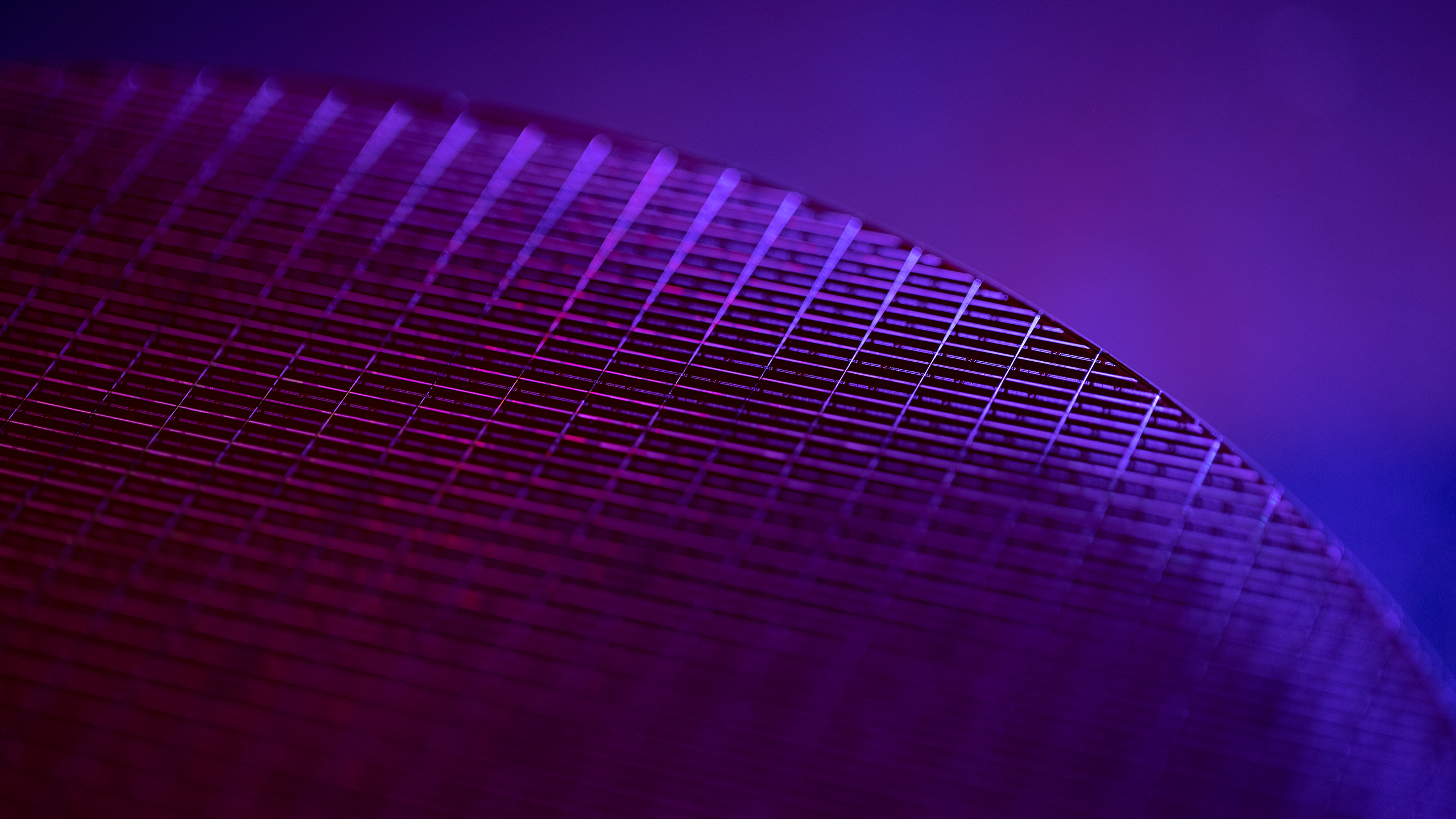Hafnia proves a viable material for memory in experiments, but it probably won't come cheap

Memory made on hafnia (shorthand for hafnium oxide) could become the semiconductor industry's biggest breakthrough in materials since it adopted silicon, per a report from SciTechDaily. Though hafnia has been difficult to use as memory until recently, a study shows that it is possible to make it work and reap many benefits. The report even claims it will be fast, efficient, and cheap all at once, but there's good reason to believe it won't excite on price.
On a chemical level, hafnia is relatively simple and is merely a single hafnium atom combined with two oxygen atoms. The property that makes hafnia desirable as a material for memory chips is that it's capable of being ferroelectric, which means it can be used as a non-volatile type of memory. Non-volatile memory can retain data even without a power source, and although today's silicon-based memory can be volatile or non-volatile, virtually all RAM today is volatile.
In a study by Sobhit Singh, the scientist explains how his team of scientists from the University of Rochester and another team from the University of Tennessee, Knoxville, created a form of hafnia suitable for memory. The issue with hafnia is that it's not ferroelectric by default. Before the latest experiments, it seemed the only two ways to make hafnia ferroelectric was to either make it some nanometers thick or alloy it with yttrium, which ended up reducing many of its attractive attributes.
The breakthrough in the Rochester-Tennessee study was to use "significant pressure" to create a ferroelectric form of hafnia, which remained ferroelectric even after the pressure was removed. The same technique could also be used for antiferroelectric hafnia, which is apparently also promising for data storage, but not many details were provided.
In contrast to DRAM and MRAM, which are volatile and magnetic forms of memory., Singh says, "Ferroelectric forms of memory are robust, ultra-fast, cheaper to produce, and more energy-efficient." However, that point about price is very questionable because hafnia certainly isn't cheap right now. A report from Reuters early last year detailed that hafnium (the key component in hafnia) has seen a nearly fivefold price increase due to increased demand since 2021, raising its cost from about $1,000 per kilogram to about $5,000. Even at $1,000 a kilogram, though, hafnium is by far more expensive than silicon, which measures in the tens of dollars per kilogram.
Even if hafnia were a cheap material, though, there's little reason to believe it would remain cheap if it ever became an important material for making memory chips. More demand pushes up prices as long as supply doesn't change, and we can certainly assume hafnia isn't being produced nearly as much as silicon and silicon-based materials. Though claims about performance, efficiency, and non-volatility may hold up, price will likely prevent hafnia-based memory from being the miracle semiconductor that reports have implied it could be.
Get Tom's Hardware's best news and in-depth reviews, straight to your inbox.

Matthew Connatser is a freelancing writer for Tom's Hardware US. He writes articles about CPUs, GPUs, SSDs, and computers in general.
-
The Historical Fidelity The 2 primary sources of hafnium are the U.S. and France from the processing of beach sand and river gravel. The main reason hafnium prices have skyrocketed is due to a secondary source, Ukraine, stopping production to deal with an invasion by a foreign military.Reply -
husker I believe that volatile memory for most purposes is a good thing. Malware creators are salivating at the thought of memory that won't be wiped with a restart.Reply
Also, anyone who's seen "Westworld" knows that we don't want the machines to start remembering too much. -
bit_user ReplyNon-volatile memory can retain data even without a power source, and although today's silicon-based memory can be volatile or non-volatile, virtually all RAM today is volatile.
This is weirdly phrased. Modern SSDs are silicon-based and non-volatile. Why state that RAM is volatile, but in such a weird way? It just seems confusing or confused. -
bit_user Reply
Oh sure, because malware never infects your files.husker said:I believe that volatile memory for most purposes is a good thing. Malware creators are salivating at the thought of memory that won't be wiped with a restart.
Obviously, a new nonvolatile memory technology can be used in ways other than to replace DRAM, such as to replace NAND.
BTW, speaking of memory that never gets wiped, how often do you reboot your phone? Even my main office PC gets put to sleep, instead of shutdown. The only time it reboots is when I install updates. -
husker Reply
Wait... what??? I never implied any other risks don't exist. Just because there are other risks doesn't mean we should introduce more. By your logic I should stop using passwords on my PC because, oh well, my phone isn't getting rebooted enough anyway.bit_user said:Oh sure, because malware never infects your files.
Obviously, a new nonvolatile memory technology can be used in ways other than to replace DRAM, such as to replace NAND.
BTW, speaking of memory that never gets wiped, how often do you reboot your phone? Even my main office PC gets put to sleep, instead of shutdown. The only time it reboots is when I install updates. -
hotaru251 Reply
RAM in most part is volatile.bit_user said:Why state that RAM is volatile, but in such a weird way?
85% (if not more) of systems run volatile ram.
However NVRAM does exist so not weird to state about it.